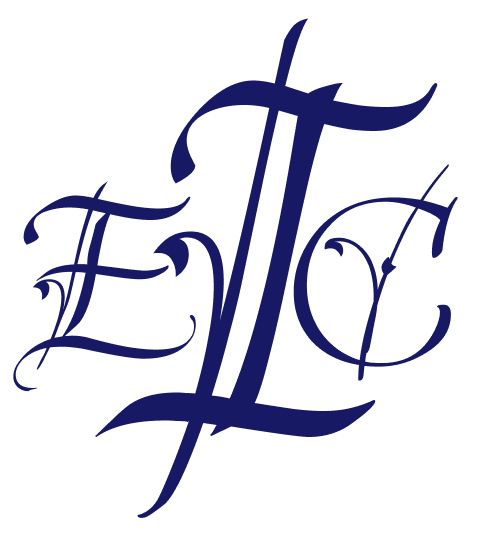Role
Team Lead & Workshop Facilitator
Timeline
06/2021 - 07/2021
Methods
Business strategy
Design thinking
Project management
Remote workshop facilitation
Service design research
Tools
MS Teams
MS Stream
InVision Freehand
Background Context
During usability testing on features, I prompted my Project Lead that our team needed more diversity across our research participants to ensure we design features that meet the needs of our client’s expansive customer base.
After our client approved my proposal, I scheduled Design Sprints working sessions with our client’s diverse customer engagement departments for us to collaboratively align our research recruitment process with the agency’s equity and inclusion goals.
I served as the lead on my User-Centered Design (UCD) team as we ran 5 Design Thinking Sprint working sessions remotely with our federal client’s customer engagement departments.
In addition to managing the design thinking sprints, I also:
• led several working sessions
• mentored each team member on their workshop plans and synthesis process
• reviewed output deliverables to ensure our artifacts were clear, concise, and consistent
“Personally, I had a ‘duh’ moment and wondered why we hadn’t thought of that before…to realign the process on how we recruit and engage with our customers.”
– Client
Design Thinking Phases
Empathize
Understanding how each customer-facing department engages with socially disadvantaged and underserved customers.
Define
Crafting our understanding of the challenge into a problem statement:
“How might we increase our engagement with underserved customers to enhance trust?”
Ideate
Exploring different ways of increasing engagement with underserved customers in empathetic, collaborative, and sustainable ways.
Prototype
Transforming one way of enhancing engagement with underserved customers in a draft business process that embeds community leaders throughout each stage.
Test
Evaluating the draft business process by identifying key players (stakeholders), boosters and barriers, and metrics of success.
All images from Icon8
Challenges
Biggest concerns
• identifying underserved communities and customer groups
• building new relationships with them
• addressing why some customer groups dis-engage with the agency
“If we never engage with those communities, how can we figure out what their needs are?”
– Civil Servant (Participant)
These concerns inspired us to embed checkpoints within our draft business process where we would:
• partner with community leaders to identify underserved groups
• proactively make safe and comfortable spaces for customers
• iterate on our engagement methods to maintain authentic relationships with our diverse customers and their communities
Outcomes
3-Phase Plan
1. Crafting the draft business process into a multi-stage customer engagement practice by partnering with community leaders.
2. Conducting UX research on underserved communities to ensure the client’s digital services meet their diverse customers where they are across the pipeline.
3. Creating an agency-wide guidance for all departments to adopt more equitable and inclusive practices of customer engagement and UX research recruitment.
Executive summary
Detailing our high level Design Thinking Sprint explaining our unified cross-department collaboration, compelling findings and concerns, and proposed business process.
My UCD team created the summary in order to gain approval from the agency’s highest leadership for the equitable and inclusive customer engagement and research recruitment process to be implemented.
“This work is amazing.”
– Accenture Federal Services Director

